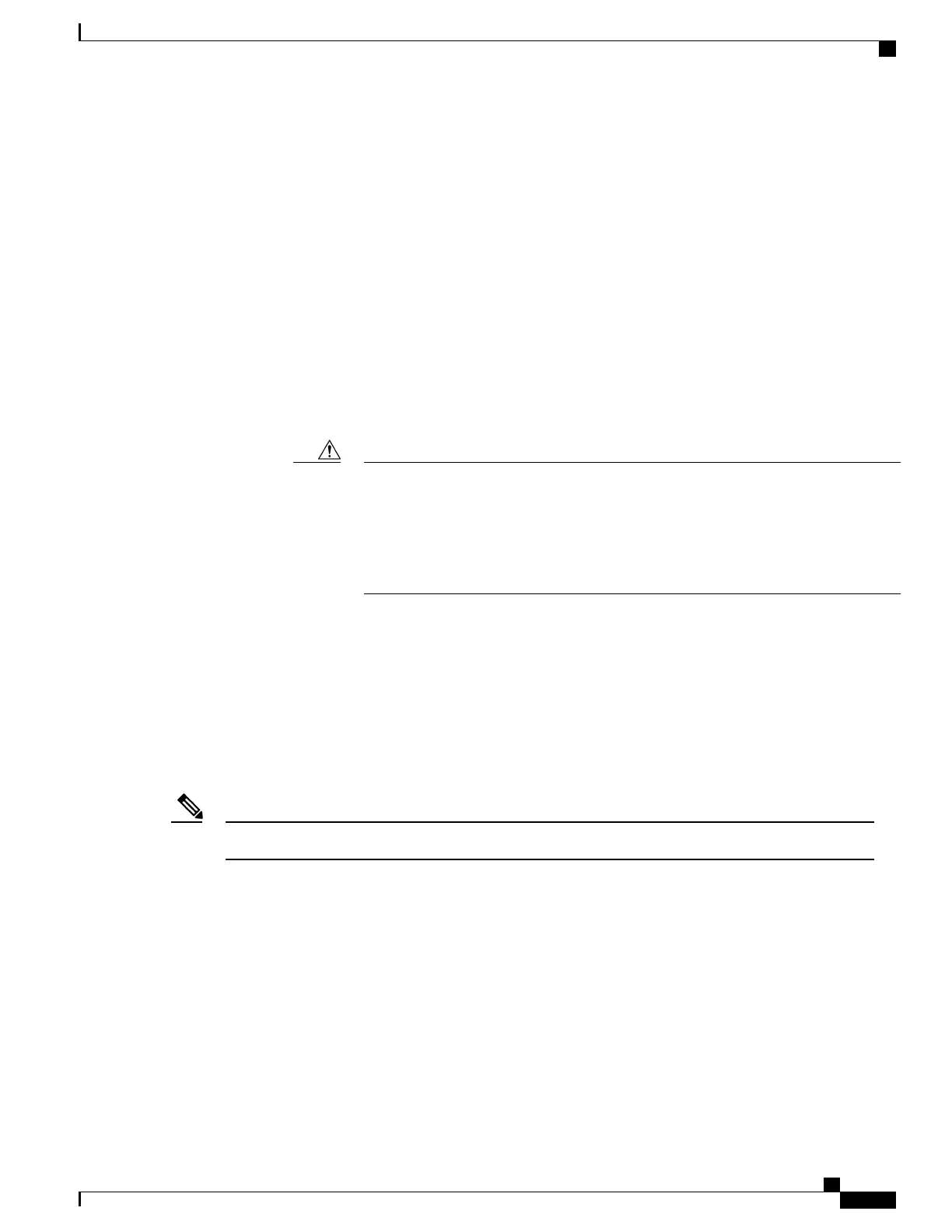•
The maximum rate in packets-per-second (pps) for BFD sessions is linecard-dependent. If you have
multiple linecards supporting BFD, then the maximum rate for BFD sessions per system is the supported
linecard rate multiplied by the number of linecards.
◦
The maximum rate for BFD sessions per linecard is 9600 pps.
•
The maximum number of BFD sessions supported on any one card is 1440.
•
The maximum number of members in a bundle is 64.
•
The maximum number of BFD sessions on VLANs in a bundle is 128. When using BFD with OSPF,
consider the following guidelines:
◦
BFD establishes sessions from a neighbor to a designated router (DR) or backup DR (BDR) only
when the neighbor state is full.
◦
BFD does not establish sessions between DR-Other neighbors (for example, when their OSPF
states are both 2-way).
If you are using BFD with Unicast Reverse Path Forwarding (uRPF) on a particular
interface, then you need to use the echo disable command to disable echo mode on that
interface; otherwise, echo packets will be rejected. For more information, see the
Disabling Echo Mode. To enable or disable IPv4 uRPF checking on an IPv4 interface,
use the [no] ipv4 verify unicast source reachable-via command in interface
configuration mode.
Caution
Configuring BFD Under a Dynamic Routing Protocol or Using a Static Route
Enabling BFD on a BGP Neighbor
BFD can be enabled per neighbor, or per interface. This task describes how to enable BFD for BGP on a
neighbor router. To enable BFD per interface, use the steps in the Enabling BFD for OSPF on an Interface.
BFD neighbor router configuration is supported for BGP only.Note
SUMMARY STEPS
1.
configure
2.
router bgp autonomous-system-number
3.
bfd minimum-interval milliseconds
4.
bfd multiplier multiplier
5.
neighbor ip-address
6.
remote-as autonomous-system-number
7.
bfd fast-detect
8.
commit
Cisco ASR 9000 Series Aggregation Services Router Routing Configuration Guide, Release 5.1.x
OL-30423-03 197
Implementing BFD
Configuring BFD Under a Dynamic Routing Protocol or Using a Static Route

